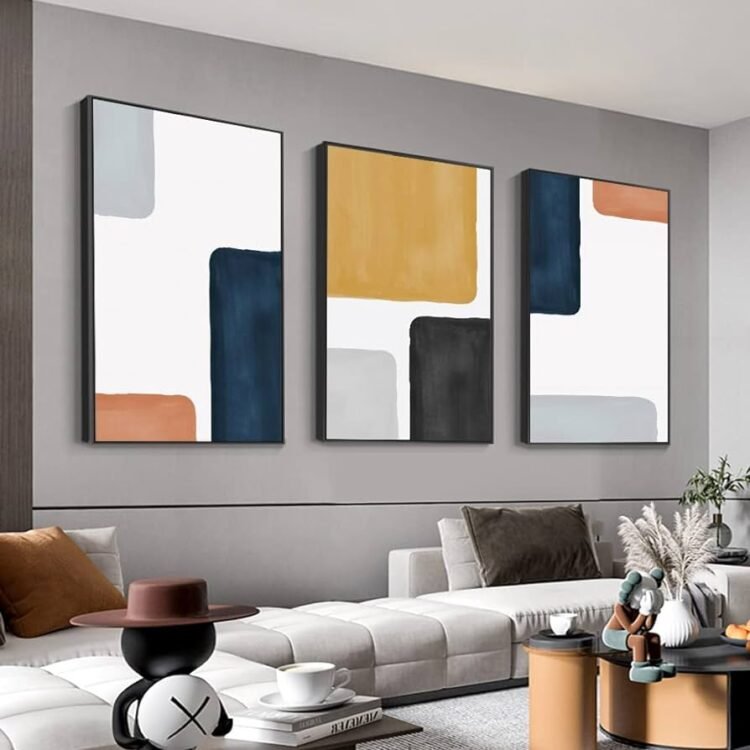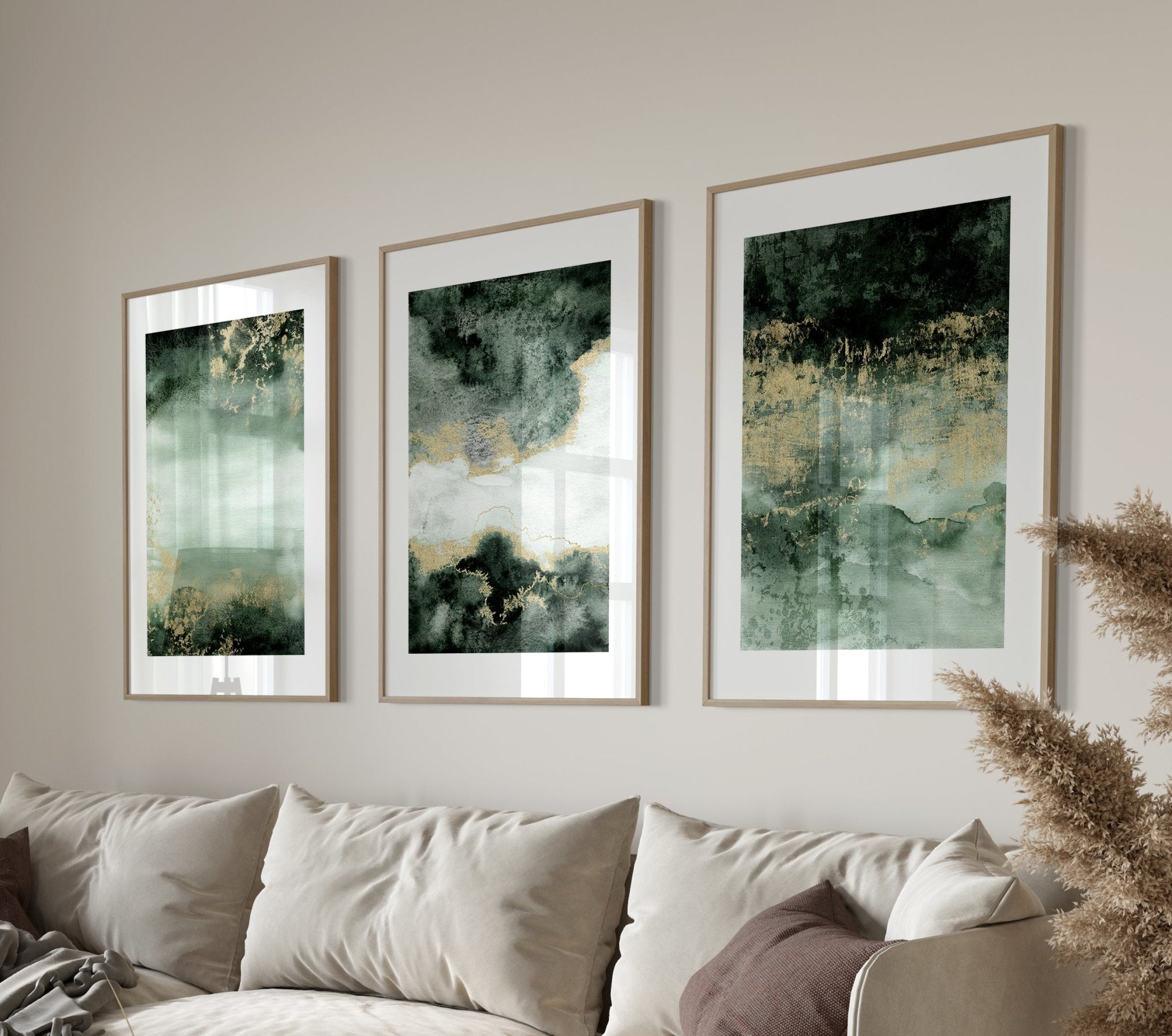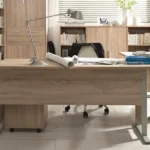Wall art is more than just decoration—it’s a way to express your personality, create a mood, and bring a space to life. From paintings to prints, sculptures to photographs, the right wall art can dramatically change the feel of a room. Whether you’re looking to add a splash of color, make a bold statement, or create a serene atmosphere, wall art can play a central role in designing your space. In this article, we’ll explore the importance of wall art, how to choose pieces that suit your style, and some creative ways to incorporate it into your home.
Click here to get the best deal on Wall Arts
1. Why Wall Art Matters
Wall art has a unique ability to personalize a space and tie together various elements of your home decor. Here’s why it’s such a powerful design tool:
a. Adds Personality
Wall art is an excellent way to showcase your interests, tastes, and individuality. Whether you prefer abstract paintings, photography, or vintage posters, the art you choose reflects who you are.
b. Creates a Focal Point
In any well-designed room, there is typically a focal point—something that draws the eye and anchors the space. A large painting, bold print, or a gallery wall can serve as the centerpiece of a room, giving it direction and focus.
c. Sets the Mood
The colors, textures, and themes of wall art can influence the atmosphere of a room. Soft pastels and calming landscapes can create a peaceful, relaxing environment, while bright colors and dynamic compositions can inject energy and vibrancy into the space.
d. Completes the Space
Wall art acts as the finishing touch to your room’s design, helping to fill blank walls and add depth and character. It can make a space feel more cohesive by bringing together colors, textures, and styles from different parts of the room.
2. Types of Wall Art
Wall art comes in many forms, allowing for endless creative possibilities. Understanding the different types of wall art can help you choose pieces that suit your style and enhance your space.
a. Paintings
Paintings are a classic choice for wall art, with endless styles ranging from realism to abstract, contemporary to traditional. Whether you opt for an original work or a print, paintings can bring color, texture, and emotion to a room.
- Oil Paintings: Known for their rich textures and depth, oil paintings often convey a sense of timelessness and sophistication.
- Watercolor Paintings: These pieces tend to be lighter and more delicate, offering a softer, more ethereal feel.
b. Prints and Posters
Prints and posters are affordable and versatile options for wall art. They’re available in a wide variety of themes and styles, from vintage travel posters to modern graphic art.
- Art Prints: Reproductions of famous artworks or original designs, often printed on high-quality paper or canvas.
- Photography Prints: Black-and-white or color photography can add a touch of modernity or nostalgia, depending on the subject matter.
c. Wall Sculptures
Wall sculptures add a three-dimensional element to your decor, providing texture and interest that flat artwork cannot. These pieces can be made from metal, wood, ceramics, or other materials, and can range from abstract designs to nature-inspired motifs.
d. Tapestries and Textile Art
For a more bohemian or cozy feel, consider hanging tapestries or textile art. These pieces not only introduce color and pattern but also add a tactile quality to your walls.
e. Gallery Walls
A gallery wall is a collection of different pieces arranged together to create a unified display. This could include a mix of photographs, prints, and paintings, often in different sizes and frames. Gallery walls are a great way to showcase multiple pieces in one area and can be easily customized to reflect your personal taste.
3. How to Choose the Right Wall Art for Your Space
When selecting wall art, it’s important to choose pieces that not only reflect your personal style but also complement the overall design of the room. Here are a few factors to consider:
a. Room Function
The function of the room should influence the type of wall art you choose. For example, in a living room, you might opt for a bold statement piece that sparks conversation, while in a bedroom, you might choose calming art that promotes relaxation.
- Living Room: Large, bold pieces that act as focal points.
- Bedroom: Soothing, serene art that fosters a peaceful atmosphere.
- Home Office: Inspirational or motivational art that boosts creativity and focus.
b. Color Scheme
Wall art can either complement or contrast with the colors in your room. You can use art to tie together colors from your furniture, rugs, and other decor items, or introduce new hues to create visual interest.
- Complementary Colors: Choose artwork that reflects the colors already present in the room for a cohesive look.
- Contrasting Colors: Opt for pieces with contrasting colors to make the artwork stand out and add drama to the space.

c. Size and Scale
The size of your wall art should be in proportion to the wall and the furniture around it. A piece that’s too small may feel lost on a large wall, while an oversized piece can overwhelm a small space.
- Large Spaces: Consider oversized artwork or multiple pieces arranged in a gallery wall to fill the space.
- Small Spaces: Opt for smaller pieces or a series of prints to avoid overcrowding the room.
d. Style and Theme
The style of your wall art should complement the overall aesthetic of your home. If your decor is modern and minimalist, abstract or geometric prints might work best. For a more traditional space, landscape paintings or classic portraits may be more fitting.
- Modern: Clean lines, abstract forms, minimal color palettes.
- Traditional: Classic landscapes, portraits, or still-life paintings.
- Eclectic: A mix of different styles, mediums, and themes for a vibrant, unique look.
4. Creative Ways to Display Wall Art
Once you’ve chosen the perfect wall art, the next step is to display it in a way that enhances the room. Here are some creative ideas for arranging and hanging your artwork:
a. Gallery Wall
A gallery wall allows you to display multiple pieces in a cohesive arrangement. Mix different sizes, shapes, and styles of artwork, using consistent frames or colors to create a unified look. This approach works well in hallways, living rooms, and above sofas or beds.
b. Layering
Layering your wall art by leaning framed pieces against the wall on shelves or mantels can add depth and texture to your decor. This casual arrangement gives your space a laid-back, curated feel.
c. Symmetrical Arrangement
For a more formal or structured look, hang your artwork in a symmetrical arrangement. This works well with matching frames or a series of similar pieces, creating balance and order in the room.
d. Mixing Frames
Don’t be afraid to mix and match frames of different colors, styles, and sizes. A variety of frames can add visual interest and create a more dynamic display, especially when paired with eclectic or varied artwork.
5. DIY Wall Art Ideas
If you want to add a personal touch to your decor, creating your own wall art can be a fun and rewarding project. Here are a few DIY ideas to consider:
- Canvas Art: Use acrylics or watercolors to create your own abstract designs or landscapes on canvas.
- Framed Fabric: Frame a beautiful piece of fabric, scarf, or textile for an easy and unique art display.
- Photo Collage: Create a photo collage using your own pictures, either framed individually or arranged in a large frame for a cohesive look.
Conclusion
Wall art is a powerful tool for transforming any space, whether you’re aiming to make a bold statement or create a calming atmosphere. By carefully choosing pieces that reflect your style, fit your space, and enhance your room’s aesthetic, you can elevate your home’s decor and create a truly personalized environment.
Whether you’re investing in original artwork, curating a gallery wall, or creating your own DIY pieces, wall art offers endless possibilities to infuse your space with beauty and character.




